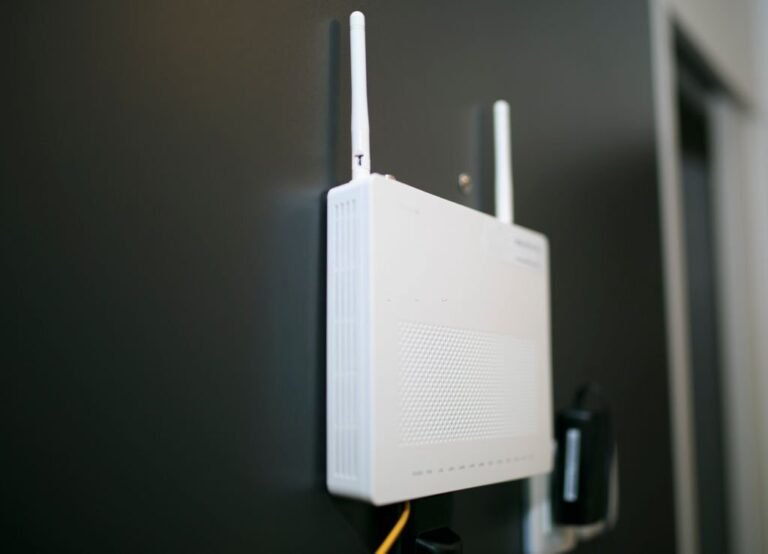How to Overcome Physician Burnout – 7 Effective Ways to Follow
Physician burnout isn’t just a fleeting phase; it’s a pervasive issue affecting healthcare professionals worldwide. With the constant strain of patient care, documentation, and decision-making, physicians often find themselves physically and emotionally drained. Over time, this can lead to diminished job satisfaction, strained personal relationships, and even depression. But, overcoming burnout is possible. Let’s explore some of the most effective strategies to regain balance and well-being in your professional life.
What Is Physician Burnout?
Physician burnout is a form of chronic work-related stress, characterized by emotional exhaustion, depersonalization (developing a cynical attitude toward patients), and a reduced sense of personal accomplishment. It goes beyond the occasional bad day, manifesting as a long-term issue that can impact both personal well-being and professional performance.
Why Is Physician Burnout a Serious Issue?
Burnout doesn’t just affect the physician; it affects the entire healthcare system. When doctors are overwhelmed, patient care suffers, medical errors can increase, and healthcare costs may rise. Additionally, physicians experiencing burnout are more likely to leave their practice, creating a ripple effect of staffing shortages.
Signs and Symptoms of Physician Burnout
- Emotional exhaustion and feeling drained even after rest
- Cynicism or detachment from patients and colleagues
- Declining job performance and satisfaction
- Increased irritability or frustration
- Physical symptoms such as headaches, insomnia, or gastrointestinal issues
- Difficulty concentrating or making decisions
The Root Causes of Physician Burnout
Understanding the underlying causes of burnout is key to addressing it effectively. Some common contributors include:
- Excessive Workload: Long hours, heavy patient loads, and never-ending administrative tasks.
- Lack of Autonomy: Feeling like decisions are dictated by bureaucracy rather than personal medical judgment.
- Poor Work-Life Balance: Constantly being on call or unable to disconnect from work.
- Emotional Strain: Dealing with life-and-death situations and high emotional stakes on a daily basis.
7 Effective Ways to Overcome Physician Burnout
Way 1: Prioritize Self-Care
Physicians often neglect their own health while focusing on their patients, but self-care is crucial. Simple habits like getting enough sleep, exercising regularly, and eating nutritious meals can make a big difference in energy levels and mental well-being. Prioritize time for yourself as you would for a patient – schedule it in!
Way 2: Set Boundaries Between Work and Personal Life
Establishing boundaries between your work and personal life is key to avoiding burnout. Limit after-hours work, learn to say no when your plate is full, and make sure you spend quality time with family and friends. Creating a clear distinction between your work and home life can help you recharge and keep burnout at bay.
Way 3: Leverage Technology (AI and Medical Scribes)
One of the most efficient ways to reduce the burden of documentation is to leverage technology. Using AI-powered medical scribes like RevMaxx can significantly reduce the time you spend on clinical notes and administrative work. This allows you to focus more on patient care and less on tedious paperwork, helping you reclaim precious time in your day.
Way 4: Seek Peer Support and Build a Strong Network
Talking to colleagues who understand your struggles can be incredibly relieving. Join a peer support group or network where you can discuss challenges and solutions with fellow healthcare professionals. Having a trusted group to confide in can help prevent feelings of isolation, which often contribute to burnout.
Way 5: Practice Mindfulness and Meditation
Mindfulness and meditation are powerful tools for managing stress. These practices help you stay grounded in the present moment and reduce feelings of overwhelm. Set aside 10–15 minutes each day to meditate, practice deep breathing, or simply engage in mindful activities like yoga or a nature walk.
Way 6: Address Workload and Organizational Changes
If your workload feels unmanageable, it’s time to speak up. Discuss with your organization or leadership team about reducing patient loads, hiring additional staff, or improving workflows. Sometimes, small organizational changes can make a significant difference in your day-to-day experience.
Way 7: Take Time Off and Reassess Your Career Goals
Don’t be afraid to take a break. Time away from the office can help you gain perspective and recharge your energy. Use this time to reassess your career goals and determine whether you’re still passionate about your work or if you need to make adjustments for better balance.
Conclusion
Physician burnout is a complex and challenging issue, but it’s not insurmountable. By implementing these seven strategies—prioritizing self-care, setting boundaries, leveraging technology, seeking peer support, practicing mindfulness, addressing workload, and taking time off—you can begin to manage and overcome burnout. Remember, your well-being matters just as much as your patients’.
FAQs
- How common is physician burnout?
Physician burnout is highly common, with studies estimating that 40–50% of doctors experience some form of it during their careers. - Can technology really help reduce physician burnout?
Absolutely! AI tools like medical scribes can handle documentation tasks, reducing the administrative burden on physicians and allowing them to focus more on patient care. - Is taking time off the best solution for burnout?
Taking time off can help, but it’s not a cure-all. It should be combined with other strategies like mindfulness, setting boundaries, and addressing workload issues for long-term improvement. - What are the warning signs of burnout I should watch out for?
Watch for symptoms like emotional exhaustion, detachment from work, declining performance, and physical signs of stress such as headaches or insomnia. - How can peer support help with physician burnout?
Peer support can provide a safe space to share challenges, learn from others’ experiences, and prevent feelings of isolation, which are common in burnout.






